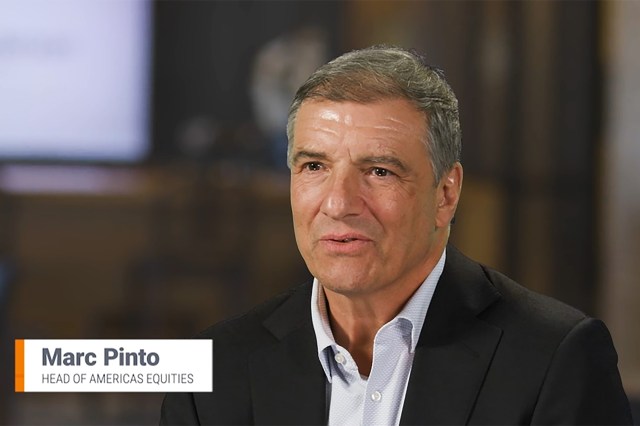How can investors weather this storm? We explore how European securitised investments stand amid the volatility.
Insights
Our latest thinking on the themes shaping today’s investment landscape. Explore timely updates, quarterly features and in-depth analysis straight from our experts.
As the impact of a new tariff regime spreads across the market, Portfolio Manager Ollie Beckett considers the potential for European smaller companies to adapt and thrive.
A discussion on how tariffs will impact the technology sector.
Why the U.S. economy has a chance at avoiding recession. Plus, the opportunity we’re seeing in secular growth businesses.
Timeless teachings from Greek Stoic philosopher Epictetus that may help investors navigate market volatility and uncertainty.
The material costs of frittering away the U.S. dollar’s reserve currency status must be considered in any trade rebalancing.
Assessing the market reaction to President Trump’s tariffs and where we’re seeing opportunities as a result of the dislocation.
Are we back to the 1890s with the new “liberation day” tariffs?
First impressions from credit markets to President Trump's Liberation Day.
David Elms, Head of Diversified Alternatives, explores the potential strategic advantages of multi-strategy investing in uncertain times.
Rather than favoring U.S. stocks at any price, investors may want to prioritize a global approach focused on valuation and free-cash-flow growth.










